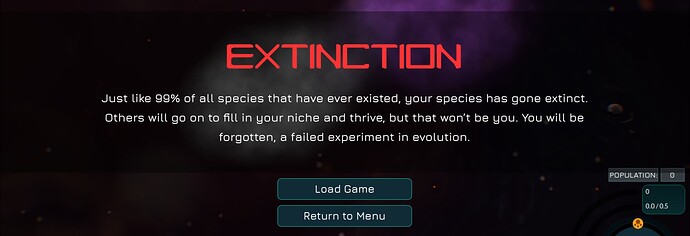Let’s talk about difficulty. Generally, there are three parts that define how easy or hard a game is:
- Balancing - Damage, health, speed, etc. These are a bit easier to diagnose, and a bit easier to set. Ties to immediate combat and gameplay.
- Mechanic Complexity - How nuanced and layered the different systems in the game are. Ties to micromanagement and depth.
- Information Accessibility - Explanations for mechanics, as well as information on what is going on around you. How much the player knows about what is happening, what is going wrong, and what is going good. Ties to discovery and confusion.
Manipulating these three variables results in what we call difficulty. Elden Ring and Dark Souls are really difficult games, and it achieves this difficulty by saying “I don’t care about balancing, here’s a boss with a one-shot attack that covers half the arena” in the second half of the game. Red Dead Redemption 2 is a very easy game, but to add some element of difficulty and to reward experimenting, it does not fully explain every control and input that the character can do. This rewards players for trying different things, but can also be very confusing for players who have trouble with the sometimes clunky mechanics in the game.
Furthermore, games usually offer various elements of difficulty management:
- Difficulty Levels - Easy, Normal, Hard, Legendary. Very accommodating to a player, but can result in inconsistent experiences and can be difficult to balance. We all know games where Easy and Normal are too Easy, Hard is okay, Legendary is Satanic.
- One Single Difficulty - Very handcrafted games, such as Red Dead Redemption or Elden Ring, tend to go this way. Probably the best way for developers to design their ideal experience, but can result in sections of the gaming community being dismissed; game will always be too easy or too hard.
- Single Difficulty, Feature Enabling/Disabling - A lot of simulation or management games tend to go this way, such as KSP, where the core mechanics are always the same but the player has more or less ability to experiment. For example, disabling money restrictions or progression limitations.
In regards to Thrive, I think staying with difficulty levels is ideal; it would be a big lift I think to reorganize our settings right now to be number 3, and I don’t think we are straightforward enough of a game to just have a single difficulty for.
I think ideally, we should go for the Halo approach, where they explicitly mention that a certain difficulty (Heroic) is how the game is meant to be played. It might be best to have one difficulty where things are engaging for even experienced players, but not necessarily punishing to them, balancing it to be the “ideal” Thrive experience. Then, we balance difficulties to be slightly easier or slightly harder based off that standard.
Enough exposition, here comes the discussion part: How difficult do we want Thrive to be? However, we all know that all game developers love to say that their game “is easy to pick-up, difficult to master”, or “challenging but rewarding”. So perhaps a more productive conversation to have as well: What aspects of Thrive should be easy, what aspects should be difficult?
- What difficulties do we tolerate that the player reports? In other words, which feature difficulties do we essentially say “figure it out, that’s part of the challenge” to, and which features do we make sure the player does not get frustrated by?
- Do you guys think Thrive is currently too hard or too easy? What impression do you generally get from the community?
- At what point in the Microbe Stage do we want things to be most difficult, and at what points most easy?
- How punishing should a bad trip to the editor be?
If you guys notice other questions coming to mind, do post them. And if members of the community are reading this, do give input on the forums.
